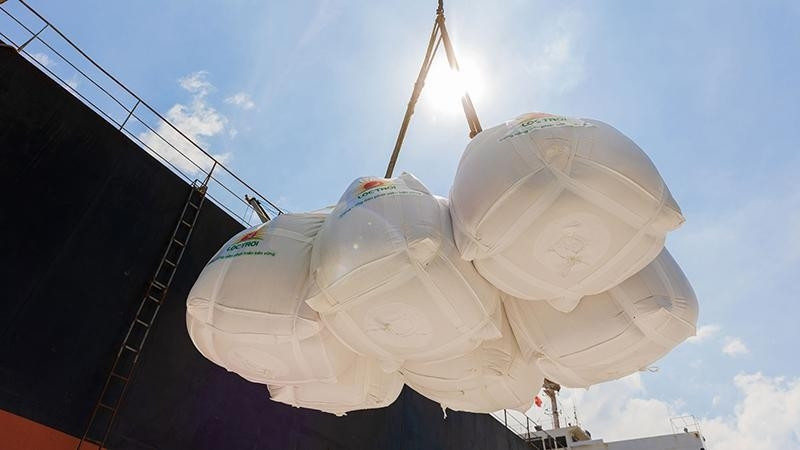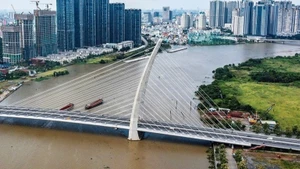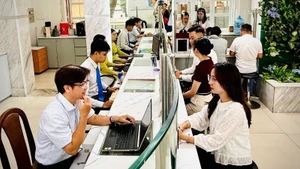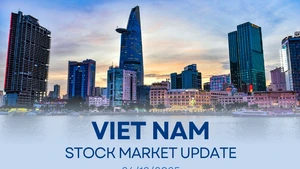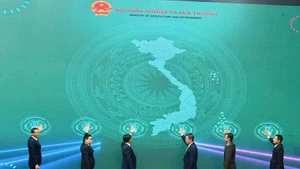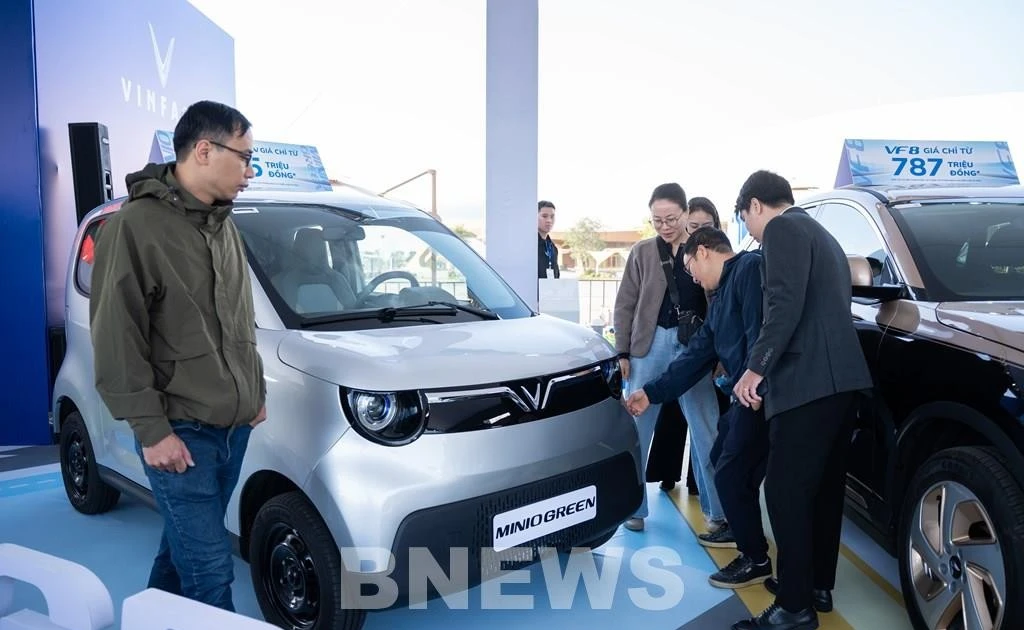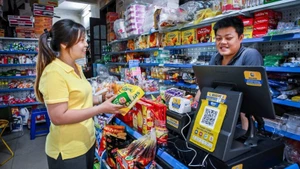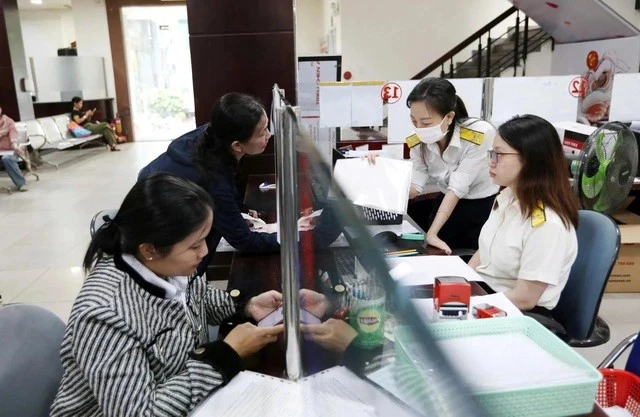In addition, the EU-Vietnam Free Trade Agreement (EVFTA) is also one of the “leverage” factors for Vietnamese agricultural products to enter this market.
The EU is one of the potential markets, but a few years ago, it was not easy for Vietnamese rice to enter this market when rice was taxed up to 40%. However, since the EVFTA took effect in August 2022, Vietnamese rice has had a “passport” to this market.
According to the General Director of Trung An Hi-tech Agriculture Joint Stock Company Pham Thai Binh, in the first six months of 2022, the rice export revenue of the company increased by 68%. Which, high-quality rice is the company's main product, exported to this market.
Meanwhile, the Communications Director of the Vietnam Association of Seafood Exporters and Producers (VASEP) said that in 2020, despite the impact of the COVID-19 epidemic, seafood exports have recovered significantly, increasing 8% over the same period. That trend continued in 2021 when seafood export revenue reached over 1 billion USD, up 12%. The EU is one of the key markets for Vietnamese seafood.
By the end of the second quarter of 2022, the EU will be one of the three largest markets for Vietnamese seafood. Along with seafood and rice, in general, other commodities exported to the EU have a stable growth rate.
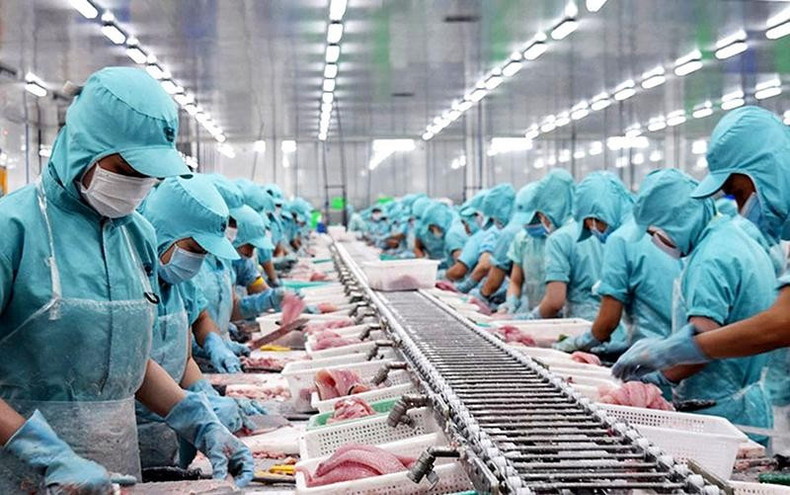
The EU is one of the key markets for Vietnamese seafood.
According to statistics from the General Department of Customs, over the past two years, Vietnam's export revenue to the EU also reached about 83 billion USD, with a growth rate of approximately 15%.
In addition to high export revenue, goods exported to the EU market, as well as other markets are facing some problems, due to regulations related to rules of origin.
The big challenge for seafood when exporting to the EU is to ensure the rules of origin. Although VASEP and the Ministry of Industry and Trade have coordinated many programmes to train enterprises on certification of origin, inevitably, they will not learn carefully, Hang said, adding that because each market has its controls, leading to misunderstandings about the issue of certificates of origin, which is considered an obstacle for seafood when exporting to the EU.
General Director of Trung An Hi-tech Agriculture Joint Stock Company Pham Thai Binh added that Vietnam's rice exports are currently accounting for a large proportion of the country's economy, however, the amount of goods exported to the EU in general by Vietnam is still a very small number, while Vietnam ranks first in rice exports in the world.
According to the Deputy Director of the Import-Export Department under the Ministry of Industry and Trade Tran Thanh Hai, most of Vietnam's agricultural products when exported to the EU are still only in the form of raw materials or the proportion of agricultural processing is very low. Therefore, such products will be less branded because they have not yet reached final consumers.
To reach the EU market, products still have to go through a few more stages of processing, and most likely when entering the distribution channel, the products will carry the name of the distributors in that market.
Therefore, Vietnamese businesses need to focus on branding to enhance added value and consider it a tool and means to help sell products, both to expand the market and to increase the value when exporting to this market.
